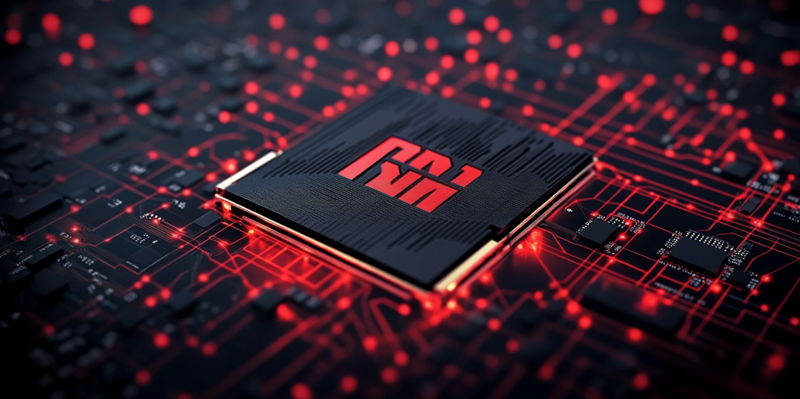One of the pressing issues for AMD’s Strix Point APUs has been the high inter-core latency, particularly notable between Zen 5 and Zen 5c cores, which clocked in at over 170 nanoseconds. This significant delay severely impacted multi-threaded performance in high-end CPUs like the Ryzen 9000 series and Ryzen AI 9 processors. Such high latency became even more pronounced in CPUs equipped with dual Compute Core Die (CCD) configurations, resulting in substantial setbacks for tasks requiring intense core coordination.
This latency issue has not gone unnoticed by industry leaders ASUS and AMD, who are now collaborating on a resolution. A newly proposed BIOS update for Strix Point APUs aims to drastically cut down the inter-core latency to around 60-70 nanoseconds—a remarkable improvement that mirrors the latency reduction strategy already implemented for desktop Ryzen 9000 processors. This significant enhancement is predominantly attributed to the optimized complex die design of Zen 5 chips, a critical factor that has previously hindered efficient communication between cores.
The initial batch of devices poised to benefit from this crucial patch includes ASUS laptops, particularly the ASUS TUF Gaming Air 2024 models, equipped with BIOS version 312 or higher. These improvements, however, are not restricted to a single model and are expected to extend to other ASUS laptops and devices from various manufacturers in the near future. While the latency between different Zen 5 core clusters might still be somewhat higher compared to intra-cluster communication, the overall performance boost promises a noticeable difference in multi-core reliant workloads.
The positive implications of reducing inter-core latency in Strix Point APUs are substantial. With ASUS and AMD taking proactive measures, the enhanced inter-core latency translates to elevated processing speeds for core-heavy tasks. This adjustment aligns with a broader industry tendency to address performance bottlenecks in high-core count CPUs via BIOS optimizations. The success of this latency reduction highlights significant collaboration and an agile response to performance challenges within AMD’s latest processor architectures, ensuring a more seamless and effective computing experience for users.

